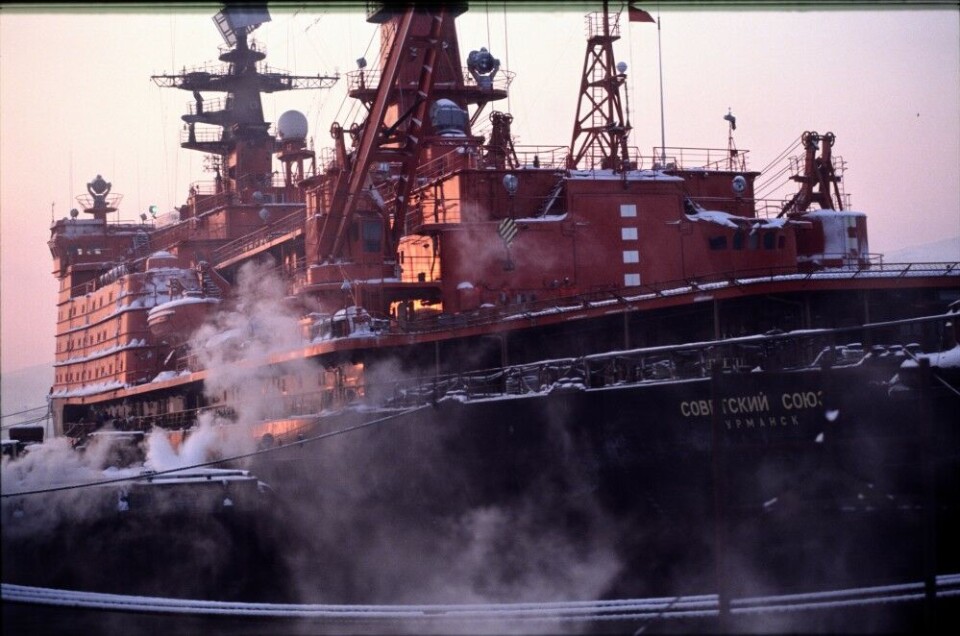
China plans to sail nuclear in Arctic
Russia’s monopoly to sail civilian nuclear vessels in Arctic could soon be brought to an end.
Agreement signed between National Nuclear Corporation and State Shipbuilding Corporation to speed up development of nuclear-powered icebreakers.
«China currently has one diesel-powered icebreaker, the Ukraine-built «Xuelong” [Snow Dragon], but its ice-breaking capacity is still insufficient in certain polar areas under extreme weather conditions,» says Zhang Lucking, expert with the Science and Technology Commission of China National Nuclear Corporation to China Daily.
«China therefore needs advanced vessels to carry out scientific research in both the Arctic and Antarctic waters,» he adds.
Two years construction period
Building a nuclear powered icebreaker will cost more than 1 billion yuan (€134 million) and construction time is around two years.
The deal will bring a new momentum to develop China’s civilian maritime technology, the newspaper reports.
Today, China has a fleet of six military nuclear-powered submarines with four more under construction.
Russia is currently the only nation in the world that operates a fleet of civilian nuclear powered vessels. Five icebreakers and one container cargo vessel have RTP Atomflot in Murmansk as home port. Another three nuclear powered icebreakers are under construction. Four older icebreakers are taken out of operation, including the «Lenin» that today is moored in the central port of Murmansk and serve as a museum.
Why nuclear?
Nuclear power has the advantage of long range and massive power, compared with diesel-electric or gas-powered engines that will have to either carry a lot of fuel or make many fuel stops during a voyage. Along the Northern Sea Route, or in the High Arctic, infrastructure and fuel deposits are rare.
Other countries that earlier have operated civilian nuclear powered vessels are the United States with «Savannah» (1962 to 1972), Germany with «Otto Hahn» (1968 to 1979) and Japan with «Mutsu» (1974 to 1992). Safety issues and high costs are were the two main reasons why most nations have been shelved.
Climate change science
The Chinese diesel powered icebreaker «Xuelong» departed Shanghai in July for this year’s Arctic science expedition, the seventh in a row, another China Daily article reads. During the 78-days voyage, scientists on board will learn more about the rapid environmental changes happening in the Arctic due to global warming and melting sea ice.
China’s interest for the Arctic has steadily increased over the last decade, and the country is now an observer to the Arctic Council. In northern Russia, Chinese investments are seen in both Yamal LNG and other petroleum projects.
















